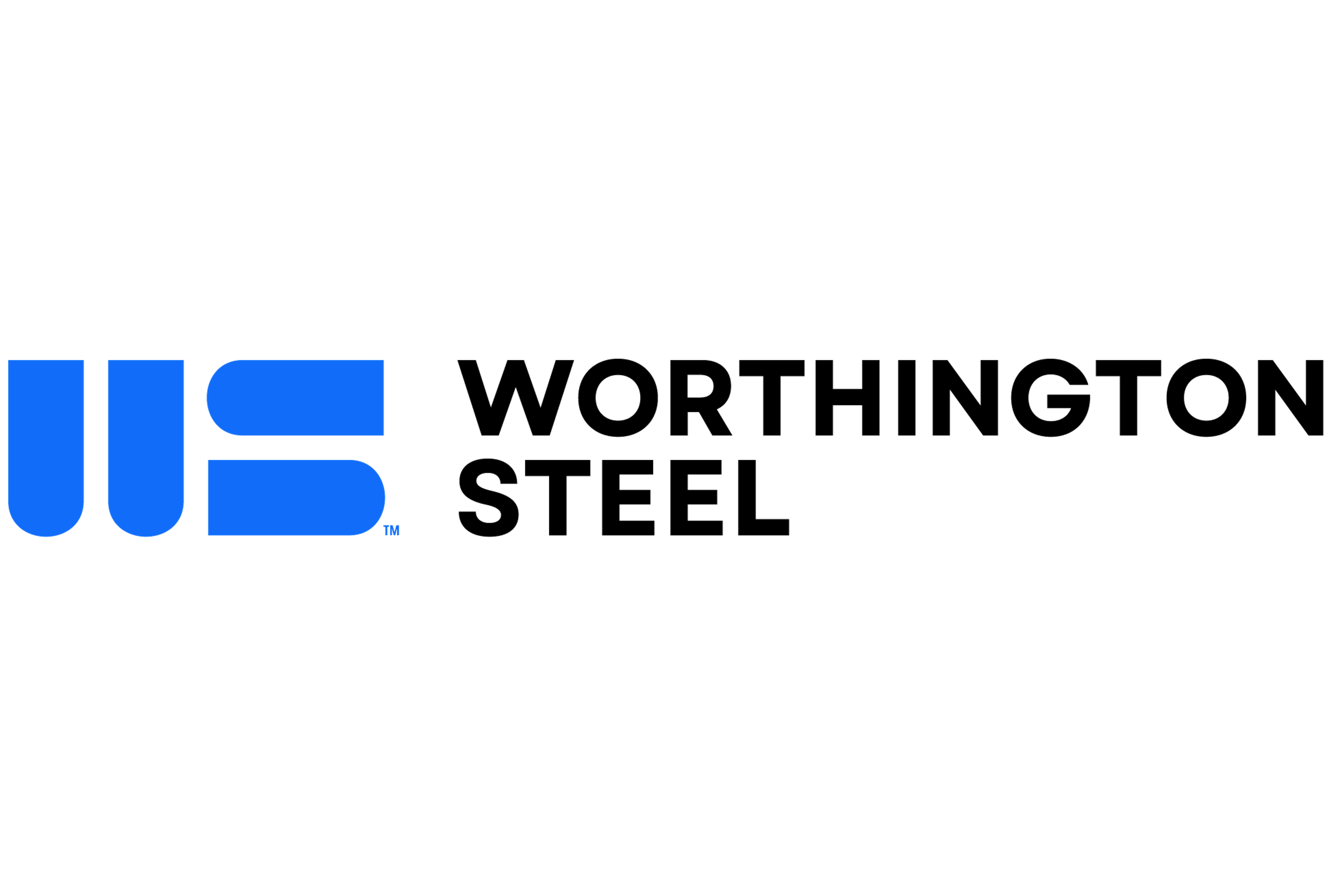Canada
July 19, 2024
CRU: Cliffs purchase of Stelco brings big synergies, big risks
Written by Josh Spoores
The recently announced acquisition of Stelco by Cleveland-Cliffs (Cliffs), priced at nearly three times book value, provides a great price for Stelco shareholders. And various synergies will likely leave Cliffs with tremendous runway for further growth in this deal.
Cliffs expects to close this deal in the fourth quarter of this year upon government approval. This approval is expected but not a given.
Foreign ownership of steel mills has become a flashpoint recently in the US. And Canada has seen similar issues in the past. Two examples stand out: When Essar owned Algoma and when U.S. Steel previously bought out Stelco.
Opportunities both upstream and downstream
This transaction will allow Cliffs to add the lowest cost BF-based steel producer in North America to its portfolio. This change to Cliffs’ portfolio will provide increased optionality across its various furnaces. It will be able to maximize the right amount of products at each location based on the market. Additionally, this transaction will allow Cliffs to achieve various synergies in the near term and through the next several years.
For example, Cliffs owns steel scrap and HBI assets, which would allow it to run Stelco’s Lake Erie Works (LEW) in Nanticoke, Ontario, more efficiently. LEW will sport higher throughput while both emissions will be costs are lower. Further, this method of operation would use less coke.
Stelco makes coke at its Hamilton Works, most of which is shipped to LEW. Some of that coke could be freed up to be shipped from Hamilton to be used at other Cliffs facilities or sold to other steel producers.
Potential synergies later this decade include adding additional finishing capacity, such as coated – or even a further expansion into electrical steel in Canada. On the raw material side, Cliffs will take ownership of an option to buy 25% of U.S. Steel’s Minntac operation.
Increased spot HR exposure
A risk to be aware of is the mix of products made at Stelco and the markets they are sold to. Stelco’s sales are dominated by hot-rolled (HR) coil, the lowest margin sheet product, with a 72% share. Further, 54% of steel sheet sales are to the distributor/converter segment, which is a lower-margin market for steel mills.
However, Stelco has done very well in terms of profitability with this, primarily due to its cost position. This is especially true over the past few years, when HR coil was at a historic premium to costs.
In 2023, Stelco sold nearly 2.3 millions metric tons (mt) of steel sheet into the spot market. Combining this with Cliffs will nearly double spot market sales to 4.6 million mt. In some times, the spot market can be lucrative for producers. And in other times, this capacity must be flexible in order to remain competitive and maximize the full portfolio of steelmaking assets.
The challenge of increased capacity
In North America, the single largest trend in the very near term is the continued increase of steel sheet capacity. Over the next two years, EAF-based furnace capacity at Big River Steel and Nucor’s West Virginia mill will increase by 5.4 million mt per year.
In addition, Algoma Steel in Canada will increase finished steel capacity by 0.6 million mt/y as it brings on a new EAF. Finally, the AM/NS Calvert joint venture is also adding a 1.5 million-mt/y EAF to more consistently support finished steel operations. (This will not fully add to finished steel capacity.) All of this new capacity will add to competitive pressures in the spot market, specifically for the distribution and conversion markets.
While this deal makes incredible sense for shareholders at both Stelco and Cleveland Cliffs, the increased exposure to the spot market at a time of rapidly rising capacity is a very serious issue. Cliffs will need to work on maintaining their recent share of high margin automotive volume while minimizing excessive competition in the lower margin distribution spot market in order to realize the full potential of this acquisition.
This article was first published by CRU. To learn more about CRU’s steel services, visit www.crugroup.com/analysis/steel.







